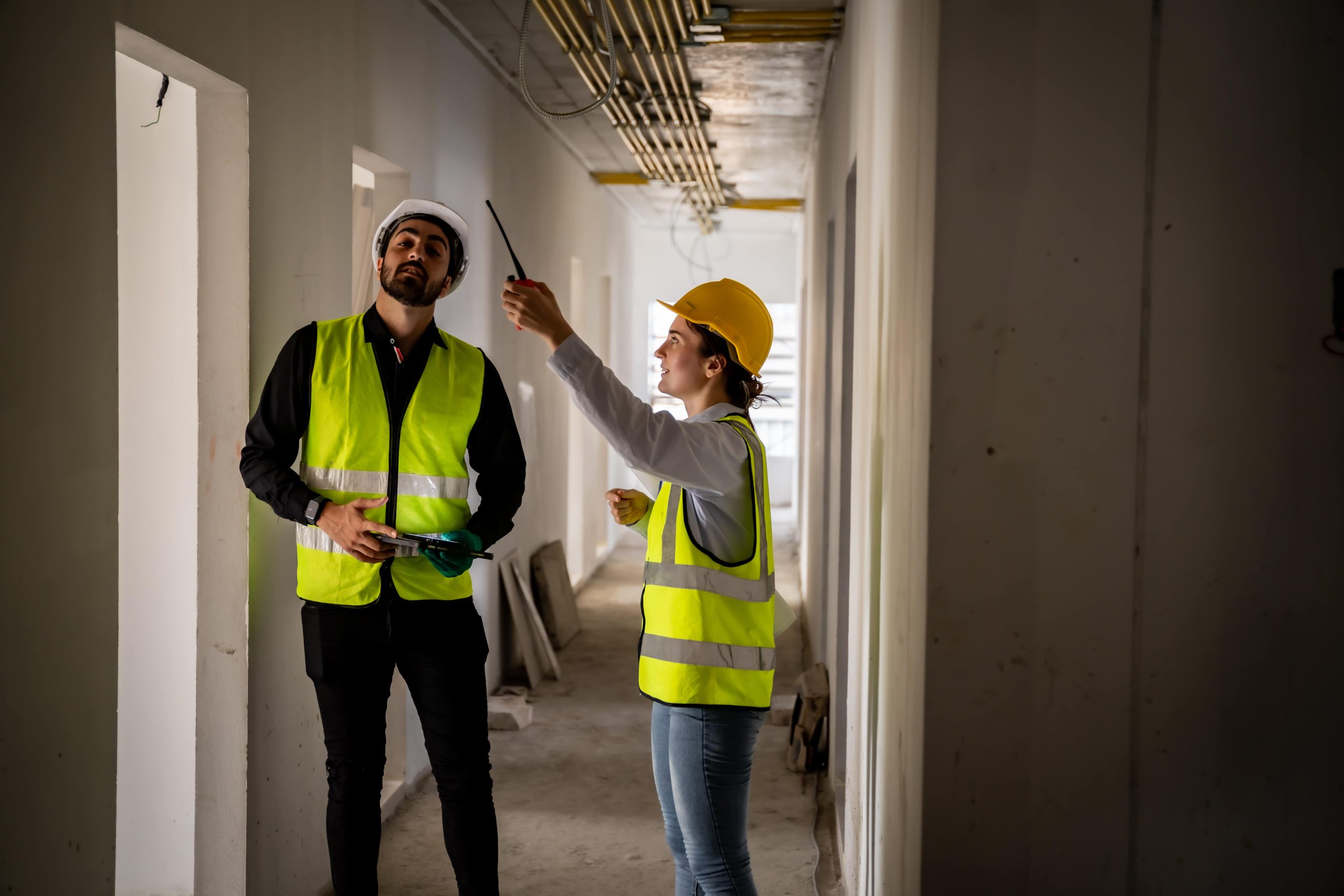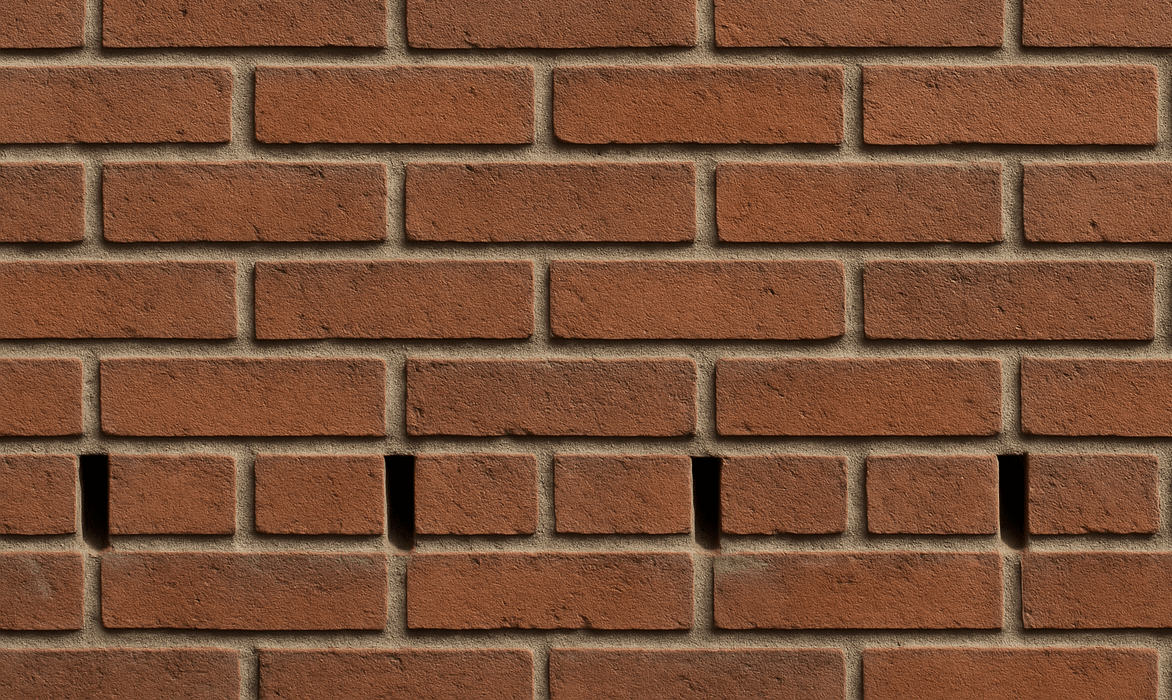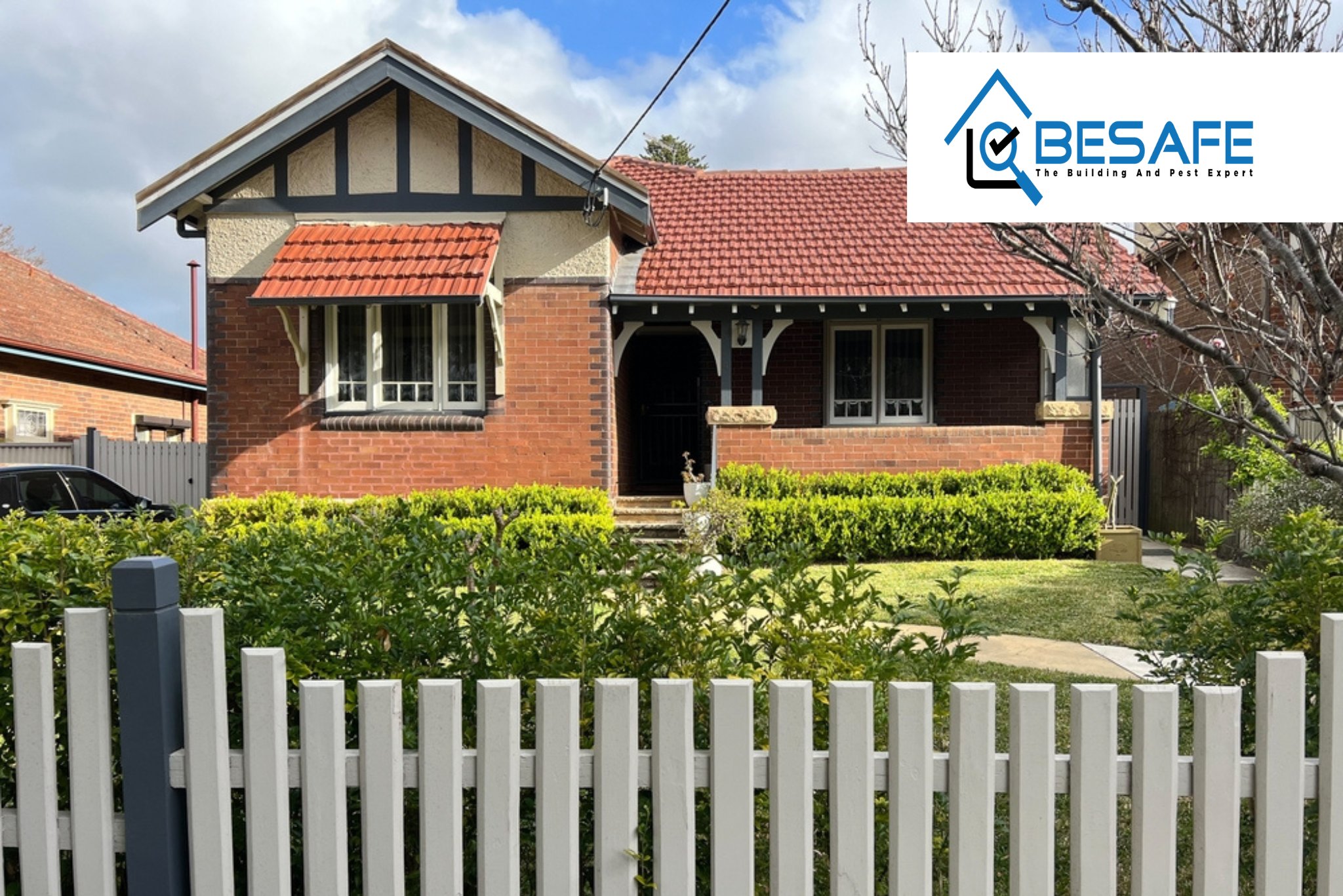
When it comes to buying a property, being well informed can mean the difference between a confident, rewarding investment and facing unexpected (and costly!) headaches down the line. That’s why building and pest inspections are standard practice.
They offer in-depth insight into the condition of a property, helping you uncover hidden issues that might not be visible during a casual walkthrough. From structural concerns to pest infestations, these inspections give you the clarity needed to make an informed decision about your purchase.
However, not all inspections come back as we’d hoped. When a building inspection report is flagged as unsatisfactory, it can be a concern, leaving you unsure about the next steps. But what exactly makes it an unsatisfactory building inspection, and what options do you have if you find yourself in this situation?
What A Building Inspection Covers
A comprehensive building inspection for homebuyers is designed to assess the overall condition of a property and highlight any potential issues that could affect its value, safety, or liveability. Here’s a breakdown of the key areas a professional building inspection covers:
- Structure of the Building
- History and Condition
- Pest & Termite Infestation
- Interior elements such as walls, floors, ceilings, windows, doors etc.
- Exterior elements such as stairs, garage, gutters, eaves, driveways, paths etc.
- Roof Space and insulation
- Flooring
Read More: What Does a Building and Pest Inspection Cover?

What Is An Unsatisfactory Building Report & What Does It Mean?
As the name explains, an unsatisfactory building report means that the building inspector has found one or more significant issues with the property. These issues can range widely in severity, from minor defects to major structural problems.
While an unsatisfactory report can be concerning at first, it doesn’t necessarily mean that it has to be a deal breaker. No matter the results, it can serve as a valuable tool for negotiation and informed decision-making.
Key Reasons for an Unsatisfactory Building Inspection
The search for the perfect property can be a lengthy and sometimes exhausting process – just finding a property that checks all the boxes can take time. So, when you finally find a home that feels right, it’s easy to hope for a smooth transaction. However, even the most attractive properties can reveal serious concerns during a building and pest inspection.
Structural Issues
Structural issues are some of the biggest concerns in a building inspection. Problems with the foundation, walls, or roof can affect the property’s overall stability and safety.
- Cracks or movement in concrete slabs or foundations – This could indicate shifting ground or settling, which might need immediate attention.
- Bowing, leaning, or sagging walls – These signs of weakening can make the building unstable and require repairs.
- Damaged or missing load-bearing beams or columns – These parts keep the structure sound, so any problems here could affect the entire building.
- Roof or floor framing issues – Problems with the roof or floor can lead to unsafe conditions if they’re not addressed.
- Deteriorated brickwork – Crumbling or damaged bricks can signal moisture issues or general wear, which might need significant work.
Water Damage and Moisture
Water can be surprisingly destructive and is often the root of other issues like mould and structural deterioration. Some key signs that water has become an issue in the property include:
- Stains or discolouration on walls and ceilings – These marks are usually indicators of past or present leaks.
- Warping or bubbling on drywall or flooring – Moisture buildup can cause materials to warp or break down over time.
- Musty odours or visible mould – Mould is not only a health hazard but also points to ongoing moisture issues.
- Peeling or flaking paint – Paint that’s coming off often indicates trapped moisture beneath the surface.
- Rot around windows or in floors and walls – Rotting wood is a sign that water damage has progressed, weakening the structure and potentially leading to bigger repairs.
Pest Infestations
Pest infestations and termites are responsible for millions of dollars in damage every year, making them one of the top concerns in any property inspection. Termites, in particular, are notorious for quietly eating away at a building’s structural components, often causing extensive damage before they’re even noticed.
Pest damage not only compromises the building’s structural integrity but can also lead to health issues, additional repair costs, and even affect property value.
Poor Workmanship
When it comes to property, the quality of construction and repairs can make a big difference in the long-term value and safety of the home. Poor workmanship is often more subtle and can be easy to overlook, but it can lead to significant problems down the road.
- Early failure of components: Windows, siding, roofing, or other fixtures may not last as long as they should.
- Structural instability: Substandard work could mean certain parts of the home aren’t as secure as they need to be.
- Water damage and mould: Improper sealing or waterproofing allows moisture to seep in, potentially leading to mould.
Roof Problems
The roof is one of the most important elements of a property’s structure and any issues with the roof can be time-consuming and costly to fix. Some common roof problems that may be flagged during a building inspection include:
- Leaks: Water damage is one of the most harmful issues a roof can face. Leaks can occur due to damaged shingles, worn-out seals, or deteriorating flashing. Even small leaks can lead to significant damage if left unchecked.
- Missing or damaged shingles: Missing or damaged shingles can cause gaps in the roof’s surface, allowing water to seep through and causing structural damage.
- Inadequate sealing: If the roof isn’t properly sealed, especially around areas like vents, chimneys, or skylights, it can lead to water leakage as well as affect energy efficiency.
- Structural weaknesses: Roofs can develop sagging, warping, or other structural issues, often caused by age, weather exposure, or poor construction. These weaknesses can impact the overall stability of the roof and require costly repairs or replacement.

What To Do With An Unsatisfactory Building Report?
If you’ve received an unsatisfactory building report on a property you’re interested in, there are several options to consider before deciding how to move forward. Whether you decide to walk away, renegotiate, or move forward with the purchase, a clear understanding of your options will help you navigate the next steps with confidence.
Terminate the Contract
If your contract includes a building and pest clause, you have the right to terminate the sale based on the findings of an unsatisfactory building report. However, buyers must “act reasonably” when exercising this option, which means you need to have a legitimate reason for terminating the contract.
Factors that are considered to determine whether your reason for termination is reasonable include:
- The age and history of the property: Older properties may naturally come with more wear and tear, so minor issues are to be expected.
- The number and severity of the issues: Major structural defects or safety hazards are more likely to justify termination than minor cosmetic issues.
- Obviousness of the issues at the time of inspection: If issues were noticeable during your initial walkthrough, terminating the contract might be more difficult.
Re-negotiate
While the seller is under no obligation to fix any issues raised by the inspection, you do have the option to try to renegotiate the price based on the findings of the report. If the building inspection uncovers major defects, this could give you leverage to lower the price or request that the seller carry out the necessary repairs before you finalise the purchase.
- Assess the defects: Carefully review the report to differentiate between urgent repairs and minor issues. This will help you determine which defects are deal-breakers and which can be dealt with after the purchase.
- Negotiate based on your findings: With the issues identified, you can either request the seller to address the more serious defects or ask for a reduction in the property price to compensate for the costs of repairing the property yourself.
Next Steps
In some cases, an unsatisfactory building report may not be a deal-breaker. If you’re in the market for a “fixer-upper” or have plans for a major renovation, you might choose to move forward with the purchase despite the issues raised in the report.
For buyers who are comfortable with taking on a property in need of repairs, these issues might be seen as opportunities for improvement or renovation. However, it’s still important to consider the long-term costs of repairs.
Read More: Signs It’s Time To Walk Away From A Property
Moving Forward with Confidence
When you’re looking to invest in a property, unexpected issues uncovered during a building or pest inspection can feel like a major setback. However, it’s important to remember that an unsatisfactory report doesn’t always have to mean the end of the road. With the right information and support, you can take the necessary steps to either resolve the issues or make a more informed decision about how to move forward.
Don’t leave your property decisions to chance – book your Sydney building and pest inspection with BeSafe today. With a team of licenced builders and qualified inspectors, our building and pest inspection reports are comprehensive and detailed, but easy to understand so that you have clear, reliable insights into the condition of the property.
Featured news articles

Dilapidation Reports: What They Are and Why Property Owners Need Them
Learn what a dilapidation report is, why it’s essential before construction or demolition, and how it protects property owners from damage claims and disputes.

What are Weep Holes in Brickwork? Why Pre-Purchase Building Inspections Are Important
Learn what weep holes are, why they are vital for your home’s structural integrity, and how professional property inspections can prevent costly moisture and pest damage.

What is a Strata Report? Your Essential Guide Before Buying Property
Discover what a strata report is and why it’s crucial before buying a strata-titled property. Learn how it reveals financial, legal, and management insights to protect your investment.

How To Spot Drainage Problems: 9 Warning Signs To Look For Before Making A Purchase
Discover the 9 most common drainage issues to spot before purchasing a property. Protect your investment, learn expert tips to avoid costly repairs. Read now!

Top 7 Building Defects Found in New Sydney Properties: How to Spot Them
New doesn’t always mean defect-free. In Sydney’s booming property market, construction issues are more common than many buyers realise. From waterproofing failures to structural cracks, this guide breaks down the 7 most frequent defects found in new builds, and how to detect them before they escalate.

Pre-Purchase Building Inspection vs Pest Inspection: What You Need To Know
Buying property? Learn the key differences between pre-purchase building inspections and pest inspections, and why relying on just one could leave you exposed. Learn how these two essential inspections work together to give you a complete picture of a property’s condition, uncover hidden risks, and help you make a confident, informed investment decision.

Ultimate Personal Property Inspection Checklist Before Booking an Inspection
Discover why having a personal property inspection checklist is essential before booking a professional inspection. Taking the time to walk through a property with your own checklist allows you to identify areas of concern, prioritise your questions, and ensure nothing is overlooked. While it won’t replace the expertise of a licensed inspector, it empowers you to approach the inspection process with greater clarity and confidence.

First-Time Buyer’s Guide to Property Inspections in Sydney
Purchasing your first home in Sydney? Don’t skip the property inspection. This comprehensive guide provides key insights into what to expect during an inspection, common issues to be aware of, and how a professional assessment can protect your investment and save you money in the future.

The Impact of Sydney’s Building Boom on Inspection Standards
Sydney’s building boom is fueling rapid development, but it’s also raising concerns about the integrity of both NSW building standards and inspection quality. As construction accelerates, reports of defects are on the rise, raising concerns about the long-term integrity of new properties. With increasing pressure on the construction industry, learn how this affects inspection standards and what it means for property buyers.

How Much Does A Building Inspection Cost In Sydney?
A building inspection is an essential step in the Sydney property purchasing process, providing buyers with critical insights into potential structural issues and hidden defects. Inspection costs vary based on property size, type, and additional services required. This guide offers a comprehensive overview of building inspection pricing, key cost factors, and strategies to ensure purchasers receive the best value for their investment.

Should You Be Present at a Building & Pest Inspection? What You Need To Know
When you’re in the process of buying a property, a building and pest inspection is a crucial step in making sure you’re making a sound investment. However, one common question is whether it is necessary to attend the inspection in person. While it may seem convenient to forgo being present, attending the inspection offers valuable opportunities to gain insights directly from the expert.

What Is An Unsatisfactory Building Inspection?
An unsatisfactory building inspection can uncover hidden issues that may impact your property purchase. From structural concerns to plumbing and electrical problems, understanding what these findings mean and how to handle them is crucial.

Signs It’s Time To Walk Away From A Property
Investing in a property is exciting, but hidden building faults, pest damage, and financial red flags can all indicate it’s time to reconsider your choice. Understanding these crucial warning signs can help protect your investment and ensure you find a home that meets your needs

How To Find The Right Building Inspector
Discover essential tips for finding the right building inspector in Australia. Learn what to look for, questions to ask, and how to ensure you choose a qualified professional for your property inspection needs.

What Does a Building and Pest Inspection Cover?
A building and pest inspection is vital for any property transaction. This guide covers what these inspections include, from structural assessments to pest detection, and explains why they’re essential for safeguarding your investment. Learn about the advantages of professional inspections and find out how BeSafe Inspections can help ensure your property is in top condition.

Introducing our new strata inspector
BeSafe’s Strata Inspector Tina has joined the team to help us expand our capacity for delivering strata reports to unit and apartment buyers in Sydney.

Why Sydney homebuyers need independent property inspection reports
Property inspection reports are essential for Sydney buyers who want to ensure they get exactly what they are paying for.

Before you buy: Is your new house hiding leaks?
If you’re looking to buy a home in Sydney, a pre-purchase building inspection is vital to detect household leaks and rising damp.

Common Defects Found In Buildings
If you’re in the process of purchasing a new property, it can be daunting to consider the repairs it may need. Discover the most common building defects, their causes, and how to address them effectively to make informed decisions and protect your investment.

Building Inspections
Looking to purchase a property but wondering if you actually really need a building inspection

The Cause Of Wall Cracks
Understanding the cause requires consideration of a large number of factors

Cracks in Buildings
The sight of cracking can set off alarm bells in anyone considering purchasing a property


